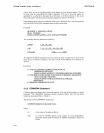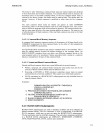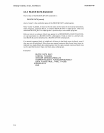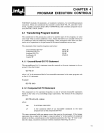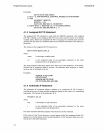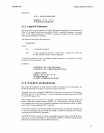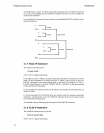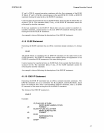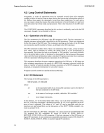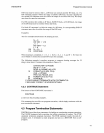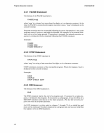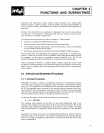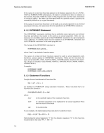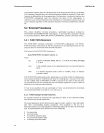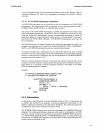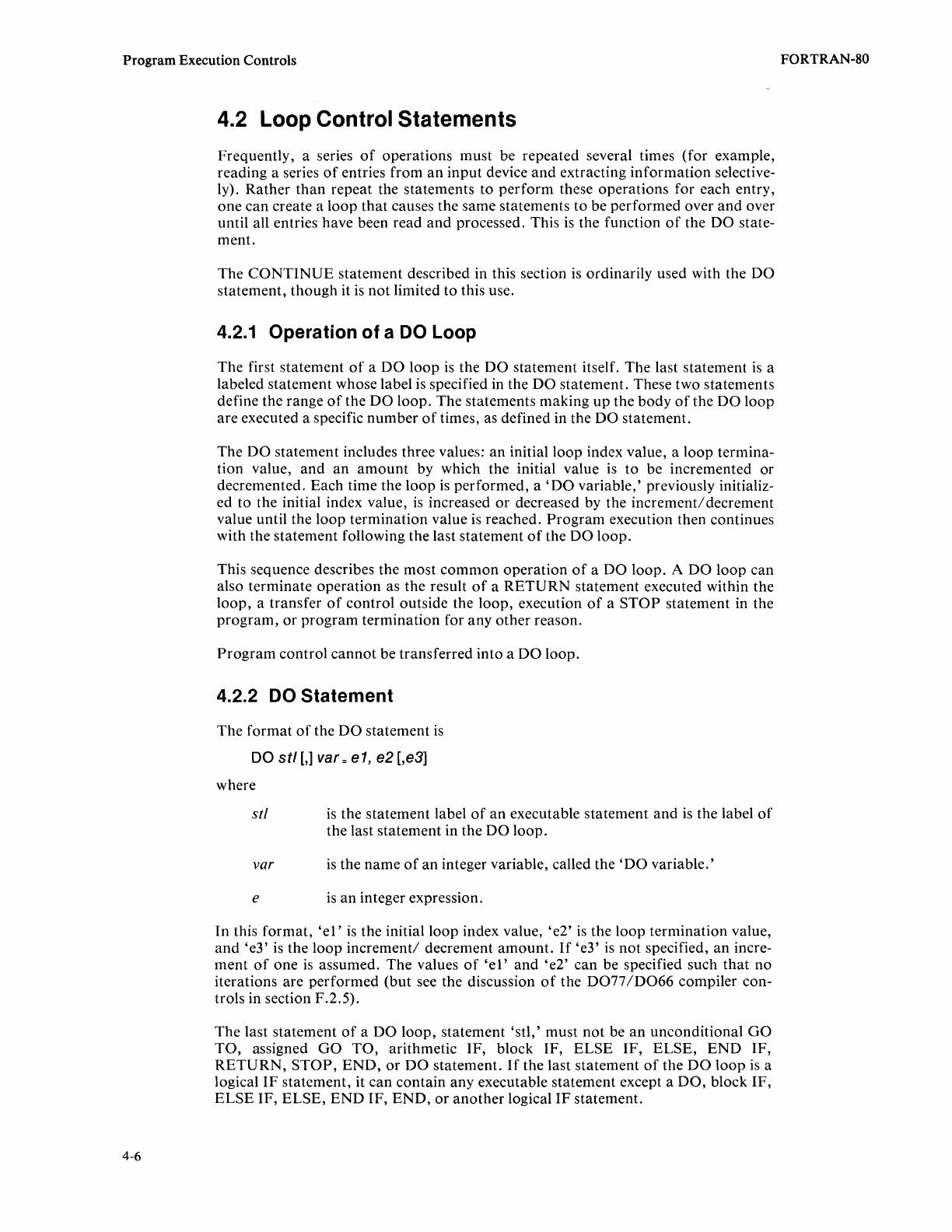
Program Execution Controls
4-6
4.2 Loop Control Statements
Frequently, a series
of
operations must be repeated several times (for example,
reading a series
of
entries from
an
input device
and
extracting
information
selective-
ly). Rather
than
repeat the statements
to
perform
these operations for each entry,
one
can create a loop
that
causes the same statements
to
be performed over
and
over
until all entries have been read
and
processed. This
is
the function
of
the DO state-
ment.
The
CONTINUE
statement described in this section
is
ordinarily used with the DO
statement, though it
is
not
limited
to
this use.
4.2.1 Operation of a DO Loop
The first statement
of
a
DO
loop
is
the
DO
statement itself. The last statement
is
a
labeled statement whose label
is
specified in the DO statement. These two statements
define the range
of
the
DO
loop. The statements making up the body
of
the
DO
loop
are executed a specific
number
of
times, as defined in the DO statement.
The
DO
statement includes three values: an initial loop index value, a loop termina-
tion value, and
an
amount
by which the initial value
is
to
be incremented or
decremented. Each time the loop
is
performed, a
'DO
variable,' previously initializ-
ed to the initial index value,
is
increased
or
decreased by the incrementl decrement
value until the loop termination value
is
reached.
Program
execution then continues
with the statement following the last statement
of
the DO loop.
This sequence describes the most
common
operation
of
a
DO
loop. A DO loop can
also terminate operation as the result
of
a
RETURN
statement executed within the
loop, a transfer
of
control outside the loop, execution
of
a
STOP
statement in the
program,
or
program termination for any other reason.
Program
control
cannot
be transferred into a
DO
loop.
4.2.2 DO Statement
The
format
of
the
DO
statement
is
DO
sfl
[,] var = e1,
e2
[,e3]
where
stl
is
the statement label
of
an
executable statement and
is
the label
of
the last statement in the
DO
loop.
var
is
the name
of
an integer variable, called the
'DO
variable.'
e
is
an
integer expression.
In this format,
'eI'
is
the initial loop index value,
'e2'
is
the loop termination value,
and
'e3'
is
the loop incrementl decrement
amount.
If
'e3'
is
not
specified,
an
incre-
ment
of
one
is
assumed. The values
of
'eI'
and
'e2'
can be specified such
that
no
iterations are performed (but see the discussion
of
the
0077/0066
compiler con-
trols in section F.2.5).
The last statement
of
a DO loop, statement
'stl,'
must
not
be
an
unconditional
GO
TO,
assigned
GO
TO,
arithmetic IF, block IF, ELSE IF, ELSE,
END
IF,
RETURN,
STOP,
END,
or
DO
statement.
If
the last statement
of
the
DO
loop
is
a
logical
IF
statement, it can contain any executable statement except a
DO,
block IF,
ELSE
IF, ELSE,
END
IF,
END,
or
another
logical
IF
statement.
FORTRAN-80



